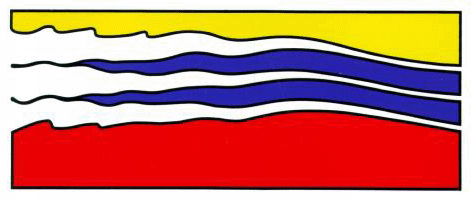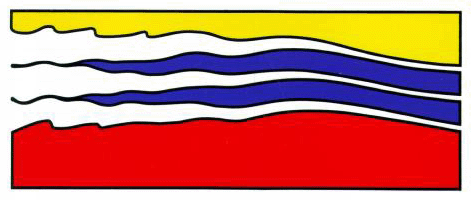
4111 Monarch Way, 3rd Floor
Old Dominion University
Norfolk, VA 23508
757-683-4940


The genus Phaeocystis is found throughout the world,
from waters of the Arctic and Antarctic, to the Gulf of Mexico, to
upwelling areas (Peru, Arabian Sea) to tropical coastal systems. It has
a multiphasic life history, and many species form both solitary cells
(that are less than 10 μm) and colonies. The colonies are composed
of non-flagellated cells that are enclosed in a mucopolysaccharide
envelope, and often reach mm in diameter. However, in some locations
colonies reach up to 3 cm in diameter. Hence solitary and colonies have
a very different role ecologically. The role of Phaeocystis in
the Ross Sea is described, and various attributes that control its
distribution, growth and temporal dynamics are discused. Results from
studies of the colonial form off the coast of Viet Nam, where it is
considered to be a harmful algal bloom species, are presented as well.
Aspect of its growth strategies are highlighted with respect to this
group's distribution and importance in the ocean.
Dr. Smith received a B.S. from the University of Rochester and his Ph.D. from Duke University. He was a professor at the University of Tennessee, Knoxville for 22 years and moved to the Virginia Institute of Marine Science (VIMS) in 1998. Dr. Smith's research interests include the controls of phytoplankton growth and the factors which control the fate of photosynthetic material in the surface layer of the ocean, the role of phytoplankton assemblage structure on the vertical flux of material from the ocean's surface, and the role of iron in structuring the ocean's phytoplankton productivity and growth. He recently completed his 35th Antarctic field season.

|
Innovation Research Park Building I 4111 Monarch Way, 3rd Floor Old Dominion University Norfolk, VA 23508 757-683-4940 |

|